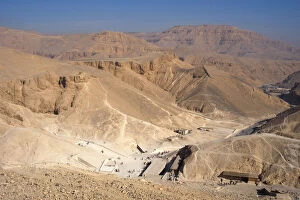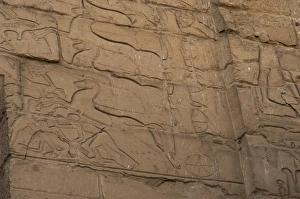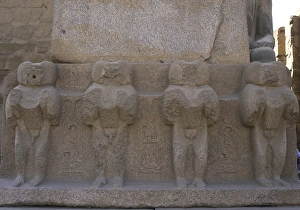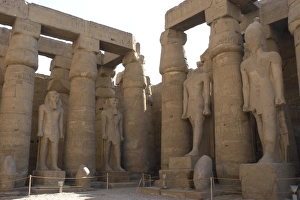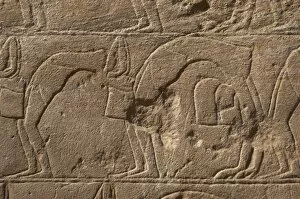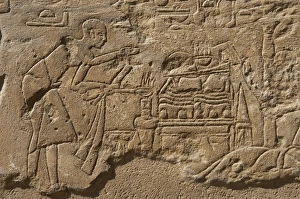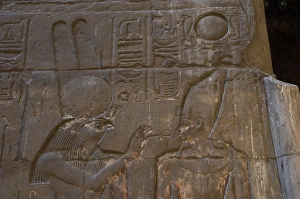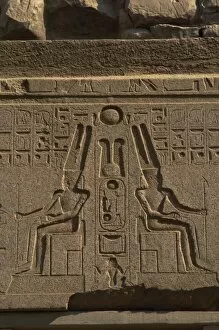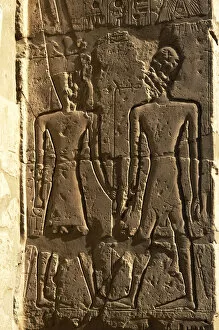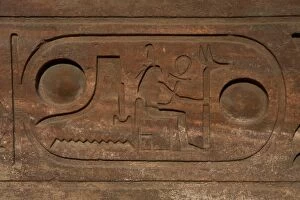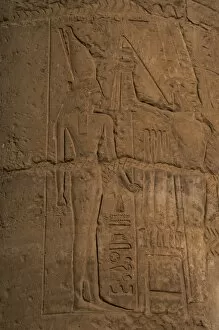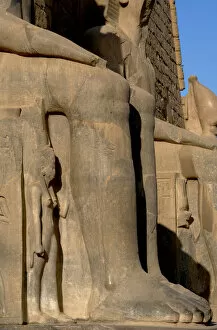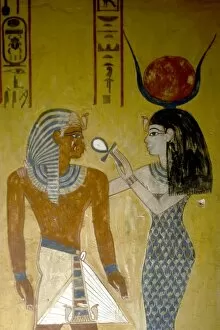Waset Collection
"Waset: Exploring the Ancient Marvels of Luxor, Egypt" Step back in time and immerse yourself in the captivating world of Waset, also known as Luxor
All Professionally Made to Order for Quick Shipping
"Waset: Exploring the Ancient Marvels of Luxor, Egypt" Step back in time and immerse yourself in the captivating world of Waset, also known as Luxor. This enchanting city is a treasure trove of ancient wonders that will leave you awe-struck. Begin your journey at the Temple of Luxor, where you'll be greeted by an impressive Sphinxes Avenue. As you walk along this majestic path, feel the weight of history on your shoulders and imagine how it must have felt for worshippers during the New Kingdom era. Venture further into Deir el-Medina to discover the Temple of Hathor. Here, intricate carvings adorn every surface, telling stories from a bygone era. The craftsmanship is truly remarkable and serves as a testament to the skill and dedication of ancient Egyptian artisans. The Battle of Kadesh relief at Luxor Temple offers a glimpse into one of Egypt's most significant military victories. Study each detail carefully and let your imagination transport you to that fateful day when Ramesses II emerged triumphant. Medinet Habu Temple beckons with its grand entrance, inviting visitors to explore its sacred halls. Admire the intricate hieroglyphics that adorn its walls and marvel at how these ancient symbols continue to captivate us even today. No visit to Waset would be complete without experiencing Karnak Temple Complex - an architectural masterpiece dedicated to Amun-Ra, Mut, and Khonsu. Stand in awe before Ramesses II's magnificent entrance pylon or lose yourself within the Great Hypostyle Hall with its towering columns reaching towards eternity. Luxor Temple's First Pylon stands tall as a symbol of power and grandeur while inside lies another mesmerizing sight - Hypostyle Hall adorned with beautifully carved reliefs depicting gods like Thoth and Anubis. As you wander through this historical wonderland, don't miss Ramesses II's obelisk, adorned with intricate mandrills relief.

